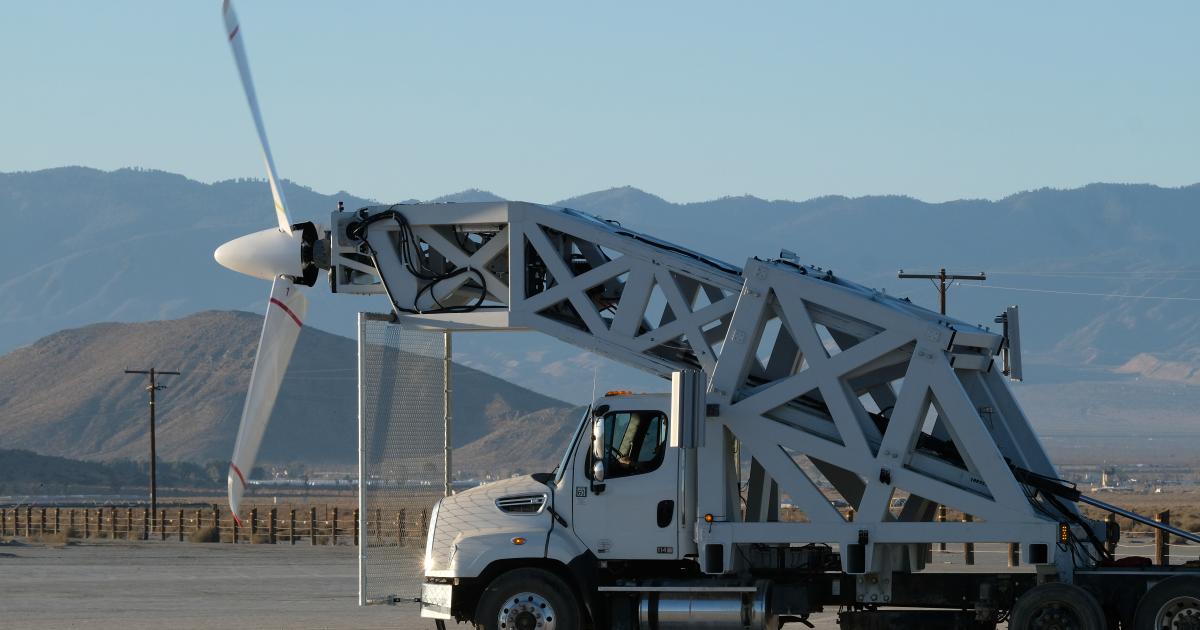Overair Starts Ground Tests with Butterfly eVTOL's Propulsion System
The company is running a full-scale example of the electric aircraft's propulsion system on a truck-based test bed to evaluate its large-scale tilting propellers and other components.

